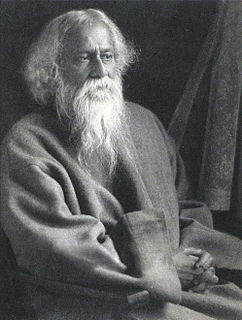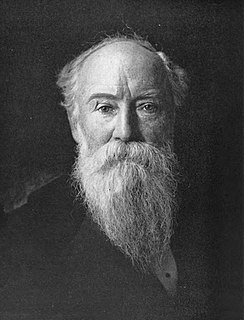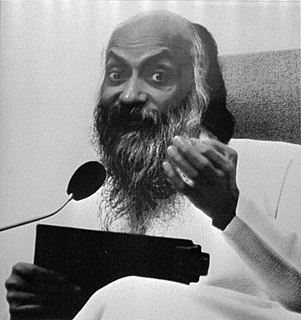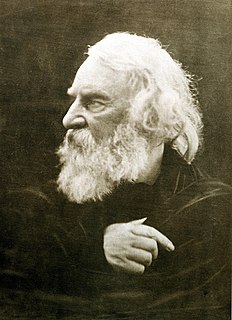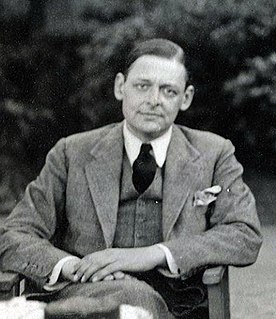A Quote by Rabindranath Tagore
In the mountain, stillness surges up to explore its own height In the lake, movement stands still to contemplate its own depth.
Related Quotes
I managed 26 years and found out when I retired I didn't own the game. I thought I owned it when I was managing all those years. You can climb to the top of the mountain, get down on your knees and kiss the ground, because you'll never own that mountain. That mountain is only owned by one single person, and he'll never give it up. That's the way baseball is.
Communing with God is communing with our own hearts, our own best selves, not with something foreign and accidental. Saints and devotees have gone into the wilderness to find God; of course they took God with them, and the silence and detachment enabled them to hear the still, small voice of their own souls, as one hears the ticking of his own watch in the stillness of the night.
There is a presence, a silence, a stillness which is here by itself. There is no doer of it, no creator of this stillness. It is simply here in you, with you. It is the fragrance of your own self. There is nothing to do about this, it is naturally present. This fragrance of peace, this spaciousness, it is the fragrance of your own being.
When the waters of a lake are absolutely still, the lake reflects the trees, the sky, and everything around it perfectly. At the slightest breeze, with the smallest ripple in the waters, the lake reflects nothing but itself. To see another with clarity and objectivity, one first must master stillness. The slightest breeze of judgment or interpretation from the rational mind will create a ripple that shatters Awareness and returns us to ordinary perception.
Life consists of sadness too. And sadness is also beautiful; it has its own depth, its own delicacy, its own deliciousness, its own taste. A man is poorer if he has not known sadness; he is impoverished, very much impoverished. His laughter will be shallow, his laughter will not have depth, because depth comes only through sadness. A man who knows sadness, if he laughs, his laughter will have depth. His laughter will have something of his sadness too, his laughter will be more colorful.
There is a point where in the mystery of existence contradictions meet; where movement is not all movement and stillness is not all stillness; where the idea and the form, the within and the without, are united; where infinite becomes finite, yet not losing its infinity. If this meeting is dissolved, then things become unreal.
Stillness is not the absence or negation of energy, life, or movement. Stillness is dynamic. It is unconflicted movement, life in harmony with itself, skill in action. It can be experienced whenever there is total, uninhibited, unconflicted participation in the moment you are in—when you are wholeheartedly present with whatever you are doing.
Just as counterpoint and harmony follow their own laws, and differ in rhythm and movement, both formal tensions and color tensions have a development of their own in accordance with the inherent laws from which they are separately derived. Both, however, aim toward the realization of the same image. And both deal with the depth problem.
